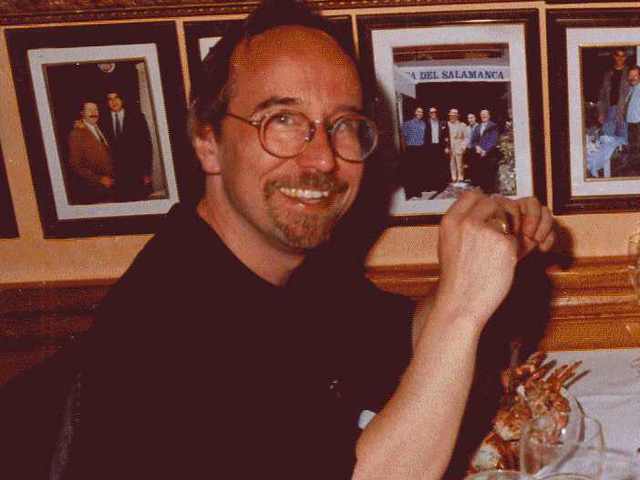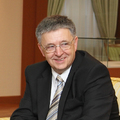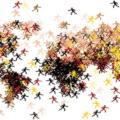Neuroscience and Networks / Idegtudomány és hálózatok II.
World Science Forum 2011. Day 2/2
Eörs Szathmáry - Eötvös Loránd University Budapest
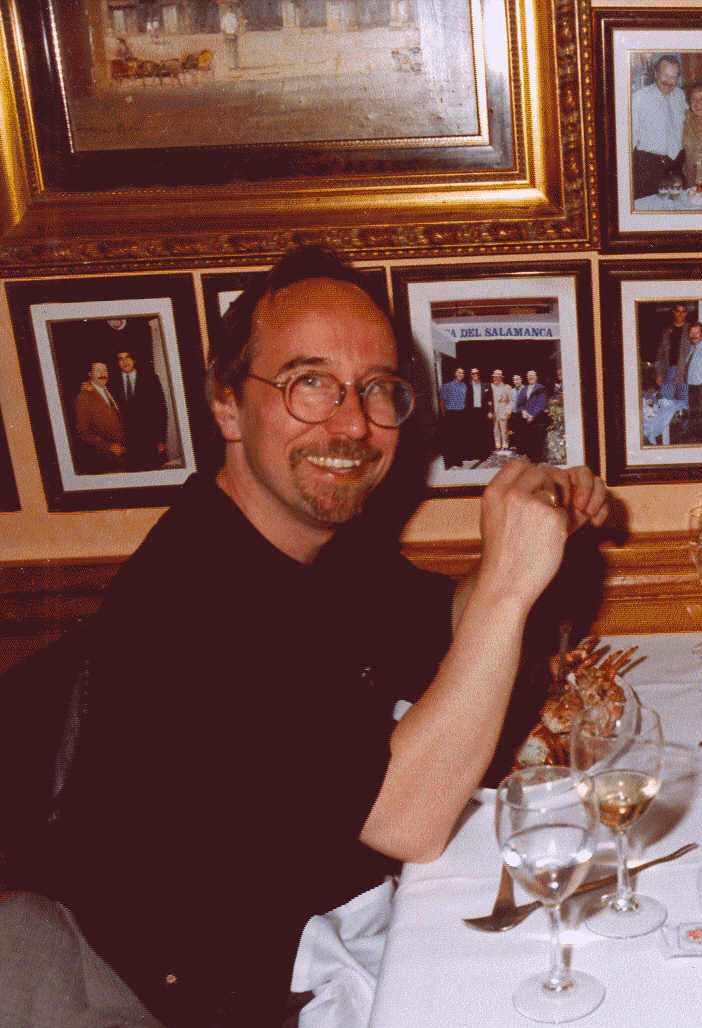
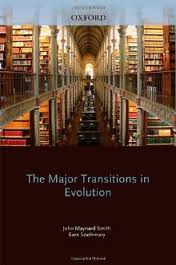 "Chemical networks and the origins and nature of life”
"Chemical networks and the origins and nature of life”
Eörs Szathmáry (born 1959) is a Hungarian theoretical evolutionary biologist at the late Collegium Budapest (Institute for Advanced Study and at the Department of Plant Taxonomy and Ecology of Eötvös Loránd University, Budapest).
His main interest is theoretical evolutionary biology and focuses on the common principles of the major steps in evolution, such as the origin of life, the emergence of cells, the origin of animal societies, and the appearance of human language. Together with his mentor, John Maynard Smith, he has published two important books which serve as the main references in the field (The Major Transitions in Evolution, Freeman, 1995, and The Origins of Life, Oxford University Press, 1999). Both books have been translated into other languages (so far, German, French, Japanese, and Hungarian).
Szathmáry Eörs evolúcióbiológus, az MTA levelező tagja, Az ELTE Természettudományi Kar Biológia Intézetének egyetemi tanára. Szakterülete az elméleti evolúcióbiológia.
World Science Forum abstract: Networks Made Life, Life Makes Networks
Life is both logically and historically rooted in chemistry. The earliest biological systems emerged somehow from chemical mayhem. In order to comprehend how this could have happened we must conceptually nail down what simplest life is from a chemical point of view. Tibor Gánti (1933-2009) proposed that elementary life is a chemical supersystem, composed of three different types of chemical network: metabolism, genetic replication and boundary system. The common feature of these networks is that all three are autocatalytic: they help the formation of themselves. The system is also autocatalytic as a whole and it is able to reproduce in 3D space. Today, such and more complicated systems are run by a special class of highly efficient catalysts: protein enzymes. Yet, they are certainly complicated products of early evolution. How could life exist before protein enzymes? A plausible answer is that RNAs (ribonucleic acids, similar to DNA) were then acting both as genetic material and enzymes. This simplifies the problem, but the snag is that we do not have a clear idea where RNA molecules could have come from. Could Gánti’s system have functioned before RNA, without macromolecular catalysis at all? We do not know the answer, but evolution by natural selection may have been possible even before the advent of nucleic acids: complex networks of different molecules may have had just enough evolutionary capacity to have led, ultimately, to the RNA world. Networks have produced life: now at each cell generation life produces new instantiations of networks.
Kimmo Kaski - Helsinki University
 Academy Professor in Computational Science and Engineering. His research interests: computational science, complex systems, complex networks, computational systems biology, high performance computing.
Academy Professor in Computational Science and Engineering. His research interests: computational science, complex systems, complex networks, computational systems biology, high performance computing. 
World Science Forum abstract: Social Complexity: Can it be analysed and modelled?
Over the past decade or so Network Theory has turned out to be a powerful methodology to investigate complex systems of various sorts. Through data analysis, modelling, and simulation quite an unparalleled insight into their structure, function, and response can be obtained. In human societies individuals are linked through social interactions, which today are increasingly mediated electronically by modern Information Communication Technology thus leaving "footprints" of human behaviour as digital records. For these datasets the network theory approach is a natural one as we have demonstrated by analysing the dataset of multi-million user mobile phone communication-logs. This social network turned out to be modular in structure showing communities where individuals are connected with stronger ties and between communities with weaker ties. Also the network topology and the weighted links for pairs of individuals turned out to be related. These empirical findings inspired us to take the next step in network theory, by developing a simple network model based on basic network sociology mechanisms to get friends in order to catch some salient features of meso-scale community and macro-scale topology formation. Our model turned out to produce many empirically observed features of large-scale social networks. Thus we believe that the network theory approach combining data analysis with modeling and simulation could open a new perspective for studying and even predicting various collective social phenomena such as information spreading, formation of societal structures, and evolutionary processes in them.
Guido Caldarelli - University “Sapienza” Roma 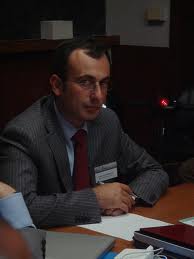
Guido Caldarelli is a physicist (statistical physics). His activity is mainly focused on scale-free networks, complex networks and systems biology. He has been coordinator of the European project COSIN, one of the first international activities based on the study of complex networks.
His work on beauty and the stable marriage problem has been reported in the press.
Caldarelli is the coordinator of the FOC project (Forecasting Financial Crises) on the study of financial networks. FOC is a European scientific project aimed at understanding and forecasting systemic risk and global financial instabilities.
Video: Guido Caldarelli talks about how science can help in predicting economic instabilities.
World Science Forum abstract:
We live in a computerized and networked society where many of our actions leave a digital trace and affect other people's actions. This has lead to the emergence of a new data-driven research field: mathematical methods of computer science, statistical physics and sociometry provide insights on a wide range of disciplines ranging from social science to human mobility. Here we present some activity done in a FET Open project to assess the stability of financial institutions. I will present the network analysis done on shareholding network, on trade and the results of analysis on query-logs.

További adalékok a hálózatkutatáshoz
Kiszámítható-e az emberi viselkedés dinamikája? - Avagy, hogyan lehet a hálózatelmélet alkalmazásával megjósolni az emberi viselkedést?
Könyv a hálózatkutatásról: Barabási Albert László: Villanások - interjú a Szerzővel
Szervezeti hálózatkutatás - Dr. Vicsek András
Hálózatkutatás - Intelligens sejthálózatok és emberi betegségek

